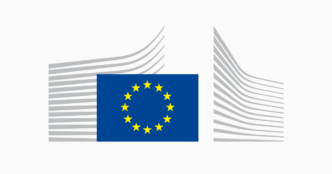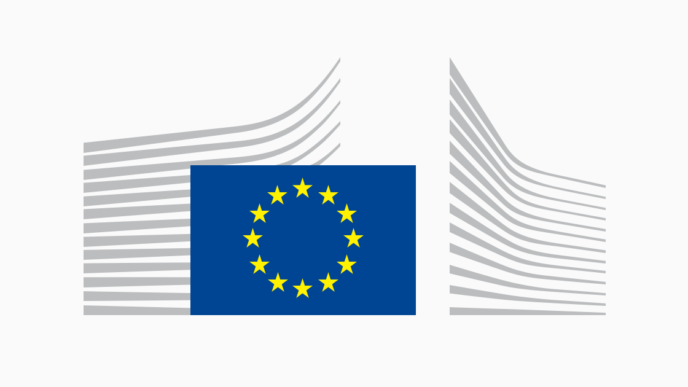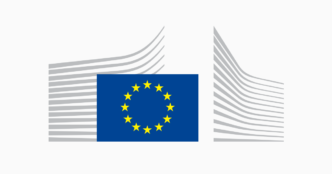On 19 May, the European Parliament and the Council reached political agreement on the Commission’s proposal for a progressive start of operations of the Entry/Exit System (EES). The agreement will allow Member States to gradually benefit from the many advantages and capabilities of the system, while giving border authorities, the transport industry and travellers more time to adjust to the new procedures.
The EES is a state-of-the-art IT system that will digitally record the person’s name, type of the travel document, biometric data (fingerprints and captured facial images) and the date and place of entry and exit.
The EES will modernise the management of the external borders, facilitate travel, reduce identity fraud, while strengthening the security of the Schengen area. It will also simplify border procedures and improve travellers’ experience. Upon the completion of the progressive period, the EES will also automatically identify overstayers across all countries using the system. It will allow Member States’ authorities to know who enters and exits the Schengen area and access essential information when needed.
Next Steps
The Regulation must now be formally adopted by the European Parliament and the Council. It will enter into force 3 days after publication in the Official Journal of the EU.














